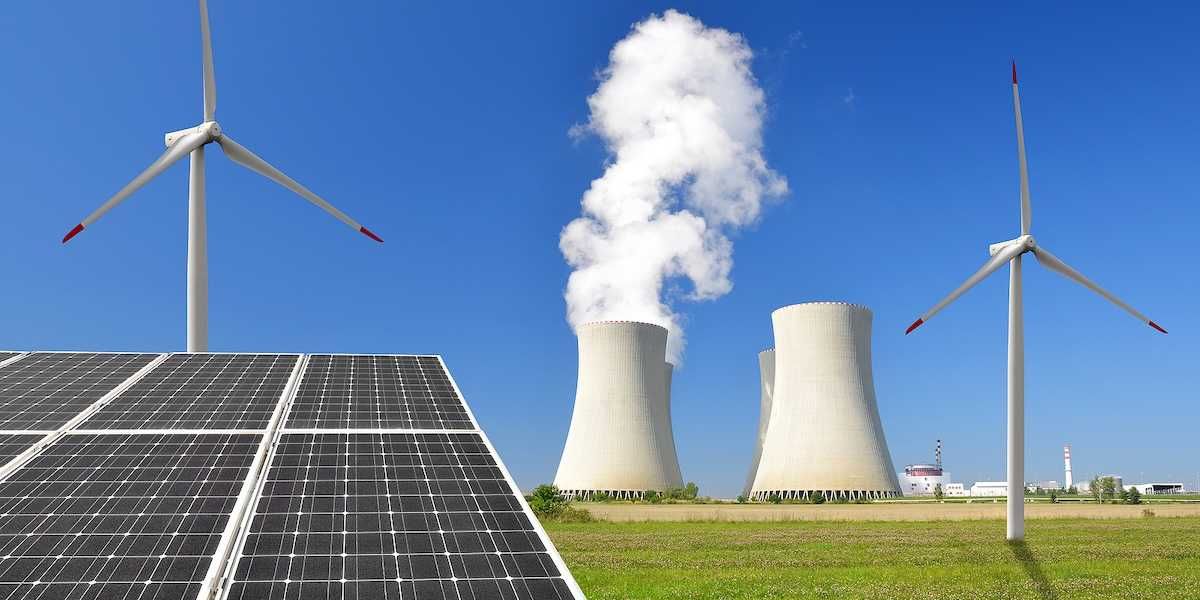19 July 2024
Planted mangroves capture significant carbon, study shows
A new study finds that planted mangroves can store up to 73 percent of the carbon that naturally occurring mangroves hold, based on 40 years of data.
Alexa Robles-Gil reports for Inside Climate News.
In short:
- Planted mangroves, in 20 years, can accumulate about 73 percent of the carbon stocks of natural mangroves.
- The study analyzed 684 sites globally, offering a comprehensive look at the carbon storage potential of restored mangroves.
- Mangrove restoration is essential but must be done correctly to be effective in carbon sequestration.
Key quote:
“If it’s successful, then yes, you can get 75 percent of the carbon stocks of a natural forest. If you do it unsuccessfully, you get zero.”
— Daniel Friess, coastal scientist at Tulane University
Why this matters:
Planted mangroves could be a vital tool in combating climate change by storing significant amounts of carbon. However, restoration projects must be carefully managed to achieve their potential benefits.













